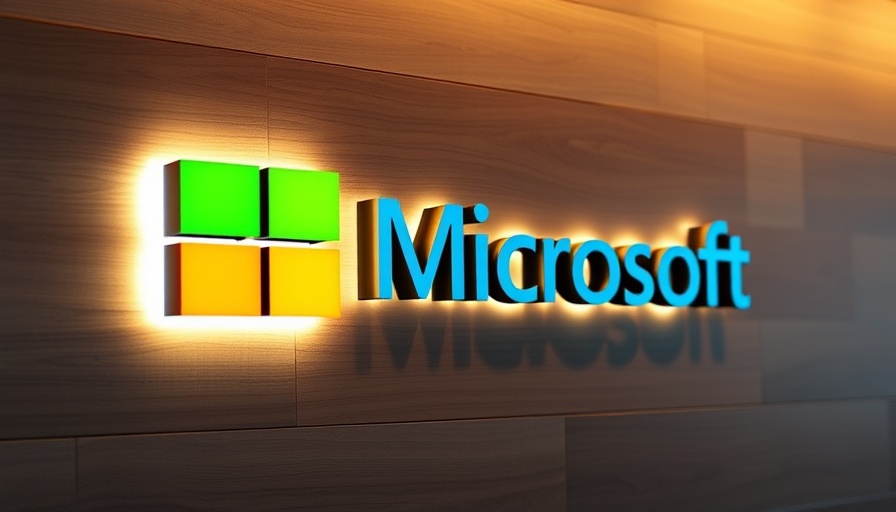
How AI is Changing the Job Landscape
The rapid advancement of artificial intelligence (AI) presents both opportunities and challenges for the workforce. Recent findings from Microsoft highlight a significant concern: certain jobs, particularly those involving writing, teaching, and customer service, may be at risk from generative AI. This has left many employees wondering: "Is my job safe?" While it's easy to jump to conclusions about job losses, a closer look reveals that the reality is much more complex.
Understanding AI’s Impact on Various Professions
Microsoft's analysis stemmed from an extensive review of 200,000 anonymized chats from Bing Copilot, illustrating which occupations could be most affected by AI technology. Surprisingly, while manual jobs such as housekeeping showed resilience against AI displacement, roles that heavily rely on communication and creativity have emerged as more vulnerable. This creates a juxtaposition where automation may take center stage in specific sectors, but not universally across the job spectrum.
The Complexity of Job Roles
It is crucial to recognize the complexity of the tasks associated with various jobs. According to the study, the uniqueness of workplace roles means that not all tasks can be easily replaced by machines. For instance, while AI can assist in writing or customer interactions, the emotional intelligence and empathy required in teaching or healthcare cannot be easily replicated. This suggests that instead of outright replacement, AI might instead augment human roles, making professionals more effective at their jobs.
Counterarguments: Opportunities in AI
Some experts argue that the rise of AI could create new job categories that require human collaboration with technology. As certain tasks become automated, employees are likely to find opportunities in overseeing AI tools, enhancing user experiences, and developing new applications. The key will be to embrace continuous learning and adaptability, as workers may need to shift their skills to align with this changing dynamic.
A Regional Perspective: Local Innovations and Economic Resilience
In regions like the Great Lakes, where industries such as manufacturing and education are prominent, there is a noticeable shift towards integrating AI solutions. Local entrepreneurs are stepping up by developing innovative technologies that complement existing occupations rather than replace them. This positive trend indicates a community-driven approach to harnessing AI's potential while preserving jobs and nurturing economic growth.
Future Predictions: Navigating the AI Era
Looking ahead, the workforce must prepare for a hybrid future wherein humans and AI work side by side. Jobs may evolve rather than disappear, and understanding AI's capabilities will be vital. Workers who engage with AI tools can enhance their productivity and marketability, positioning themselves as valuable assets in an increasingly technological workplace.
As the conversation surrounding AI's impact on jobs continues, staying informed and adaptable will be critical. Those who can embrace change and upskill will find themselves leading the charge in this new paradigm.
 Add Row
Add Row  Add
Add 




Write A Comment